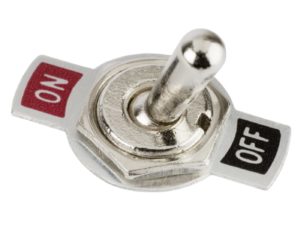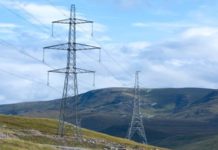
Local authorities, hospitals and universities would be willing to provide flexibility to help balance the grid, but reservations around risk versus reward and a lack of straightforward information and guidance remain barriers.
According to early findings of The Energyst’s 2018 demand-side response survey, public sector flexibility remains largely untapped.
The survey has received 42 complete responses to date, across public and private sector.
Of these, 11 complete surveys come from directors and managers in the public sector. These include hospitals, local councils and universities.
The sample is small, and should be treated with caution. But early findings provide a degree of consistency and insight.
Willing and unable?
None of the public sector respondents currently provide demand-side response (DSR), yet all bar one said they would be interested in earning DSR revenue if it did not affect their operations.
All bar one also have some form of generation asset – such as solar, CHP and back-up generators – though only two respondents said they shift loads to avoid peak network charges (Triad and DUoS red bands).
Asked why they do not provide DSR, concern about disruption and impact on business performance was the most stated reason (four of ten respondents).
Lack of awareness and understanding was cited by three in ten, as was unsuitability of equipment. Three of ten respondents said DSR not counting towards carbon targets was also a factor.
Lack of trust in third parties having control of kit was cited by two in ten, while two in ten also said the return on investment is not sufficiently attractive.
What could suppliers do?
Asked how aggregators or suppliers could make it easier for them to participate in DSR, answers included:
- Provide clear and concise information describing the opportunity that will reassure FM staff concerned about disruption to operations
- Produce straightforward independent guide to DSR participation
- [Assist with] costs of diesel generator emissions abatement technology
- A site audit and simple explanation as to what’s required and cost and exact savings
- Provide assurances there will be no disruption to critical services
- [Provide] better understanding and offer [DSR] as part of the supply contract
While survey answers are anonymised, one respondent agreed to expand on the need for a straightforward and independent DSR guide, and what it should cover.

“To me, DSR is a maze,” said Dan Fernbank, energy & sustainability manager at the University of Reading. “There are so many different schemes (Capacity Market, Firm Frequency Response etc.) which seem to change all the time, so that it’s very hard to navigate your way through them and time consuming to consider doing so.”
The questions he suggests should be addressed are:
- Which asset(s) do we have that may be suitable for DSR-type solutions (how to assess this and prioritise them)?
- Which asset(s) are eligible for which scheme?
- What are the different schemes and the relative benefits of each?
- What will the different schemes expect? Are you handing over control of your buildings/plant?
- Common considerations, pitfalls and common T&Cs to consider
- Different types of contract and shared savings etc.
- Steps to setting up an agreement.
“I think DSR tends to sit in the ‘too time consuming to understand’ box for many – and it would be good to support businesses getting out of this mindset,” Fernbank suggested.
The survey’s full findings will be published at a dedicated DSR event on 13th September.
To build an accurate picture of demand-side response, we need public and private sector end users, ideally energy and sustainability managers, plus engineers, to take the five minute survey.
In return, we will give you a DSR free report.
Please take the survey here.
Related stories:
Give us your views on DSR and storage
Free report: Battery Storage 2017 – A business case for battery storage
Free report: Demand Side Response 2017 – Shifting the balance of power
Read more than 300 DSR and storage stories published by The Energyst here
Follow us at @EnergystMedia. For regular bulletins, sign up for the free newsletter.



